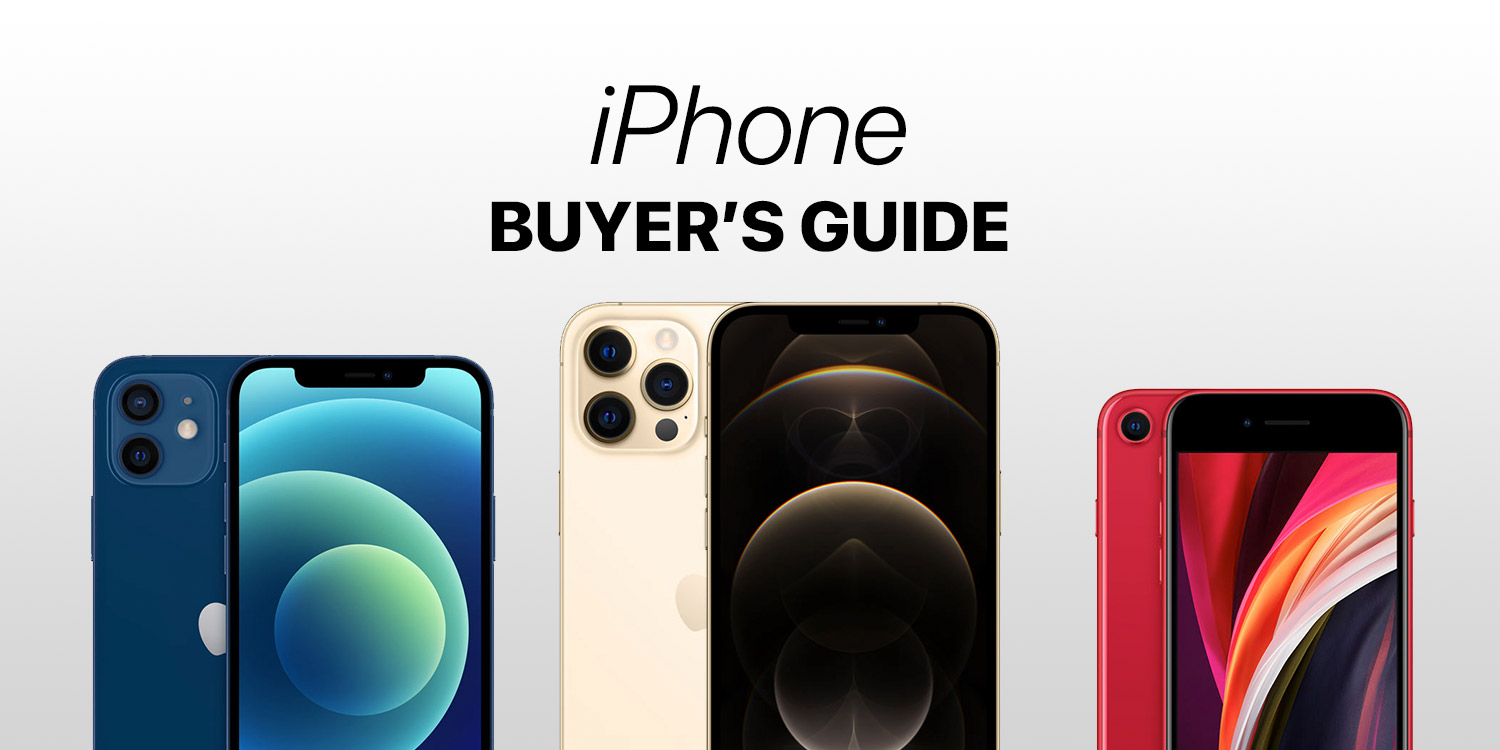There are seven iPhones in Apple’s current line-up — find out which one is right for you
In 2007, there was iPhone. The only decision you had to make — after deciding you wanted one, of course — was how much storage to buy.
Today, things are very different. In 2020 alone, Apple unveiled four new iPhone 12 models and the second-generation iPhone SE. Additionally, the older iPhone 11 and iPhone XR remained in the line-up.
Picking the wrong iPhone would be an expensive mistake and so our guide aims to outline the pros and cons of each model, so you can buy in confidence.
For the full specs of Apple’s iPhones, visit Apple’s iPhone comparison page.
iPhone 12 Pro Max
From $1099/£1099 • 6.7in display • A14 chip • 128/256/512GB • ultra wide/wide/telephoto rear cameras • 5G • Face ID • MagSafe
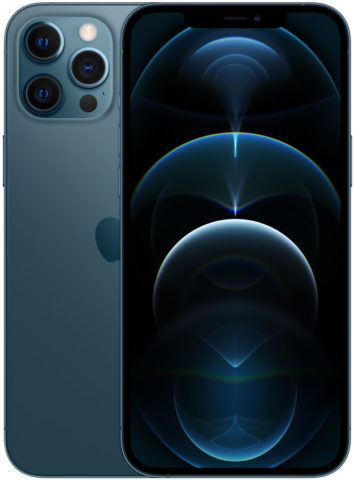
Aptly named, the iPhone 12 Pro Max is the biggest iPhone Apple’s ever made, with a huge 6.7in display. It’s gorgeous and great for everything from work to watching movies, but you pay for this in terms of heft and the device’s unwieldy nature.
Beyond the display, the important bit is the camera system. Last year, the two iPhone Pro models had identical snappers. This year, the Pro Max’s betters the Pro’s, taking in more light and having a bigger optical zoom range. In low light, it’s particularly impressive, but unless you’re a camera buff with deep pockets (in both senses — this phone is massive and expensive), it’s not the one for you.
Best iPhone for photographers
iPhone 12 Pro
From $999/£999 • 6.1in display • A14 chip • 128/256/512GB • ultra wide/wide/telephoto rear cameras • 5G • Face ID • MagSafe
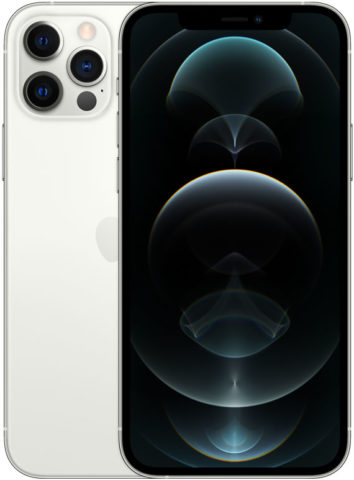
The standard iPhone Pro is more manageable than its larger sibling in terms of size, and retains the three-camera set-up of the Max, albeit with less impressive night shots and a smaller optical zoom range. It’s also, notably, one hundred bucks cheaper.
It’s in many ways an impressive phone, with a powerful chip, lush materials, a LiDAR scanner that makes AR actually worth bothering with, and a superb display. However, unless you really care about stainless steel, the LiDAR and a telephoto lens, seriously consider the iPhone 12 instead.
iPhone 12
From $799/£799 • 6.1in display • A14 chip • 64/128/256GB • ultra wide/wide rear cameras • 5G • Face ID • MagSafe
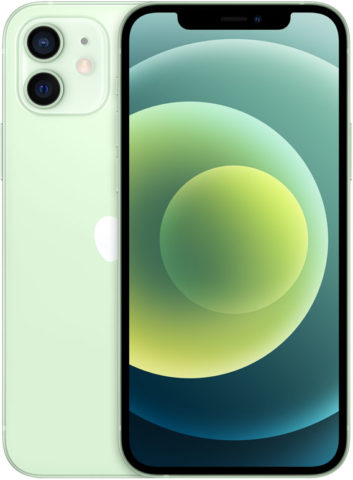
This year, the gap closed between the ‘standard’ and ‘Pro’ iPhones. With the iPhone 11, you got a noticeably inferior display compared to the iPhone 11 Pro. But the iPhone 12’s is the same as the iPhone 12 Pro’s, bar marginal differences in maximum brightness you won’t notice.
Elsewhere, the frame is aluminum rather than stainless steel — less flashy, but less prone to fingerprints; and it comes in a smart range of colors. You lose the LiDAR and, disappointingly, a telephoto camera lens — but also some weight and 200 bucks from the price (150 with equivalent storage).
In all, it’s a meaningful improvement over the iPhone 11, and comes highly recommended unless you can’t live without optical camera zoom.
Best all-round iPhone
iPhone 12 mini
From $699/£699 • 5.4in display • A14 chip • 64/128/256GB • ultra wide/wide rear cameras • 5G • Face ID • MagSafe
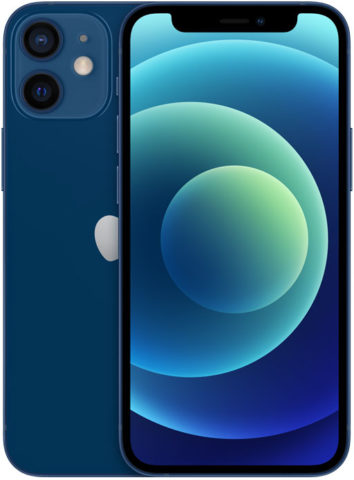
This one’s really interesting. Presumably, the iPhone SE sold well enough to convince Apple about the merits of (relatively) small smartphones again. What you get here is a marvel — iPhone 12 tech packed into a smaller case than the iPhone SE’s.
This dinky device is supremely powerful, with its A14 chip, and has a pin-sharp display. Again, there’s no telephoto lens, but the ultra wide and wide cameras are excellent. Downsides? 64GB storage might fill up fast (consider 128), the battery’s smaller than the iPhone 12’s (so keep a charger on your person) and you might find smaller display hit targets a touch fiddly. But if you’ve smallish hands or a hankering for a smallish smartphone, this one’s ideal.
Best small iPhone
iPhone 11
From $599/£599 • 6.1in display • A14 chip • 64/128/256GB • ultra wide/wide cameras • 4G LTE • Face ID
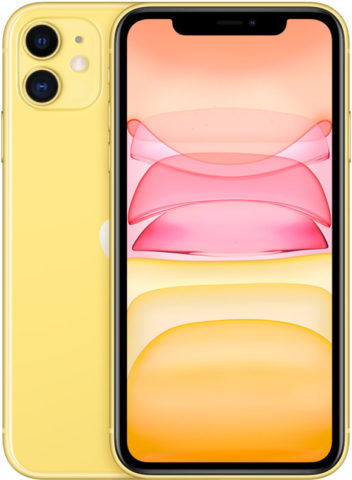
Last year’s iPhone isn’t a bad smartphone. The A13 chip is powerful, the phone has Face ID, the cameras are pretty good, and the device is pocketable. But it does feel like last year’s tech in key ways.
The rounded design has its fans, some claiming it’s more comfortable than the straight-edged iPhone 12 line. But it’s also slippier and therefore easier to drop. And then there’s the display — adequate, but it fares poorly when set next to the iPhone 12’s.
Will you notice that if you don’t compare them? Probably not. But if you’ve the funds for the newer device, grab the iPhone 12 instead.
iPhone XR
From $499/£499 • 6.1in display • A12 chip • 64/128GB • wide camera • 4G LTE • Face ID
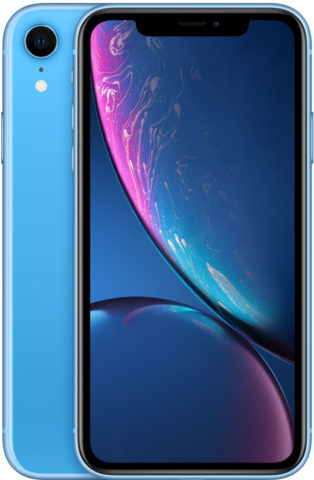
The iPhone XR seems to exist in Apple’s line-up to fit into a spot in a pricing grid. That might sound harsh, but this smartphone is two years old — and it feels it. The A12 chip is solid, but means a reduced lifespan compared to devices with an A13 or A14. Only having a wide camera limits your potential for photography. And the display’s the same middling one as in the iPhone 11.
If you absolutely must have an iPhone for $499/£499, it’s a reasonable option. But compared to equivalent Android devices, it doesn’t look like great value, and you need to factor in long-term support if you plan to keep your new phone for a number of years.
iPhone SE
From $399/£399 • 4.7in display • A13 chip • 64/128/256GB • wide camera • 4G LTE • Touch ID
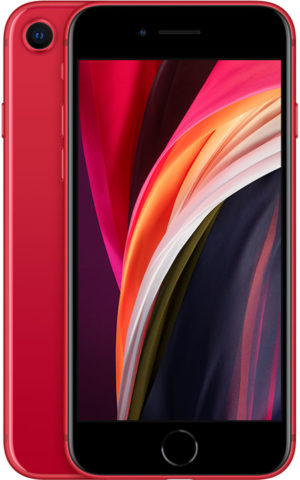
An oddball in the line-up, the second-gen iPhone SE is the sole iPhone that harks back to the iPhone’s earlier days. There’s Touch ID rather than Face ID and massive bezels rather than an all-screen front face. 4.7in seems tiny in a world of more modern smartphones — and the display is also dwarfed by the iPhone 12 mini’s.
But. This is an iPhone 11 squashed into an iPhone 8’s case. That means you get the A13 chip, which should help it last a year longer than the iPhone XR. And Touch ID is arguably useful in a world of mask use. So although it won’t win any beauty competitions the SE is arguably a better bet than the XR if you need a ‘budget’ iPhone for yourself or a relative.
Best budget iPhone
